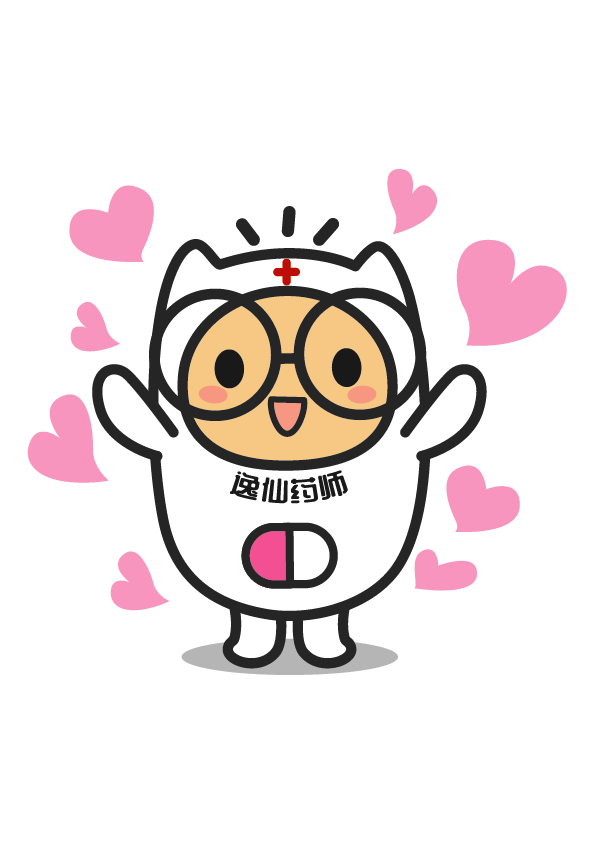The Si Jun Zi Tang (Four Gentlemen Decoction) is a famous ancient formula, originating from the Song Dynasty’s Taiping Huimin Heji Ju Fang, composed of four herbs: Ren Shen (Ginseng, often replaced by Dang Shen), Bai Zhu (White Atractylodes), Fu Ling (Poria), and Gan Cao (Licorice, roasted). It is called the Four Gentlemen because all four herbs are sweet, warm, and gentle, not hot or dry, applying moderate force to tonify, embodying the qualities of a gentleman.
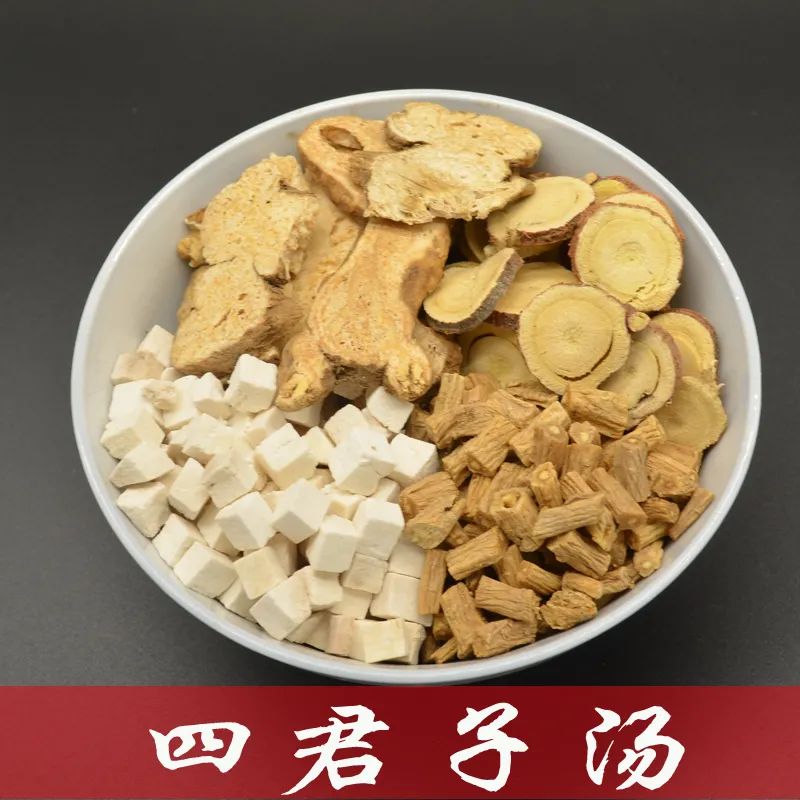
In Traditional Chinese Medicine (TCM), the spleen and stomach are considered the foundation of postnatal life and the source of qi and blood production. If the spleen and stomach are weak, their ability to receive and transform food is impaired, leading to reduced appetite; internal dampness can cause loose stools; a weak spleen affects the muscles, resulting in weakness in the limbs; insufficient qi and blood production can lead to a pale complexion and shortness of breath.
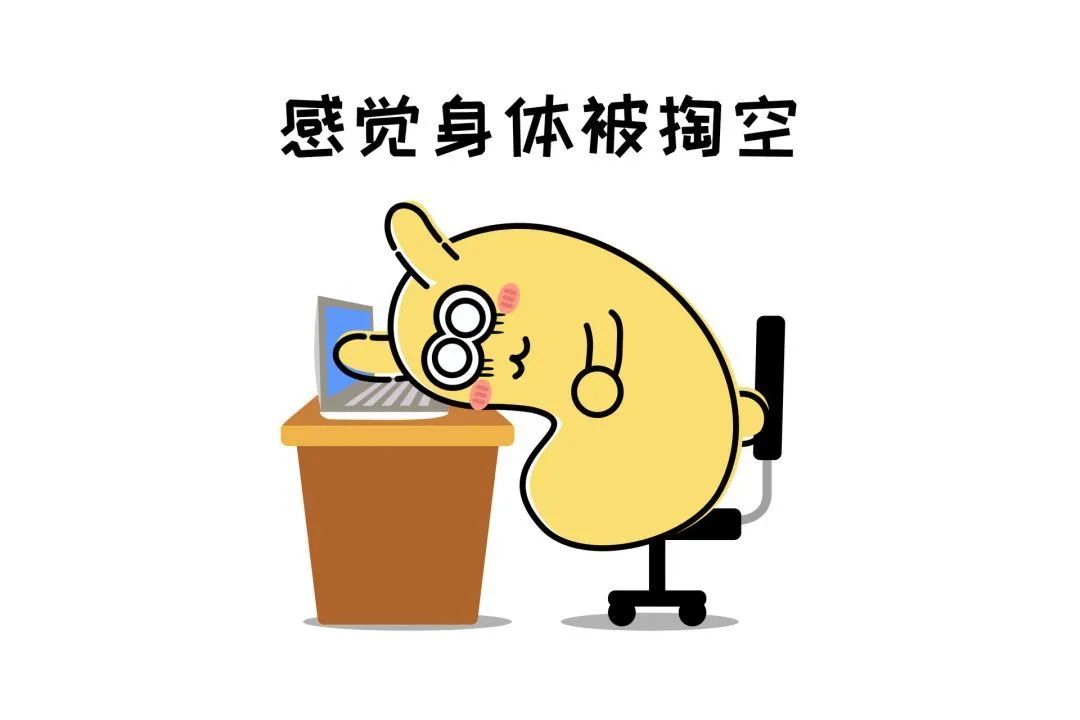

In this formula, Ren Shen is warm and sweet, greatly tonifying the original qi and strengthening the spleen and stomach as the monarch herb; Bai Zhu is bitter and warm, assisting in strengthening the spleen and eliminating dampness as the minister herb. When used together, Bai Zhu enhances the qi-boosting effects of Ren Shen; Fu Ling is sweet and bland, draining dampness and strengthening the spleen as the assistant herb, particularly effective when paired with Bai Zhu; Gan Cao is sweet and warm, enhancing the qi-boosting and tonifying effects while harmonizing the other herbs as the envoy herb. Together, these four herbs work synergistically to tonify qi and strengthen the spleen, nourishing qi and blood, primarily treating spleen deficiency and weak stomach, characterized by low speech, weakness in the limbs, pale tongue, weak pulse, reduced appetite, abdominal fullness with rumbling, or accompanying cold symptoms.
Modern research shows that Si Jun Zi Tang can regulate gastrointestinal motility, enhance gastric protease activity, improve digestive absorption, and boost immunity. Clinically, it is commonly used to treat peptic ulcers, chronic gastritis, indigestion, vomiting, and symptoms of limb weakness associated with spleen and stomach qi deficiency.
Although Si Jun Zi Tang is gentle and suitable for all ages, it is slightly warming and tonifying, thus not recommended for individuals with high blood pressure, and those prone to constipation and heat should use it cautiously.
The formulation of Si Jun Zi Tang is rigorous, practical, and effective, serving as a foundational formula for qi tonification and the ancestor of many subsequent qi-boosting and spleen-nourishing formulas. Below, the Yixian Pharmacist introduces ten variations of Si Jun Zi Tang.


1. Yi Gong San
Also known as Wu Wei Yi Gong San, this formula adds Chen Pi (Dried Tangerine Peel) to Si Jun Zi Tang to promote qi movement and resolve stagnation, aiding the spleen in its function without causing stagnation. It is particularly suitable for children with indigestion due to spleen deficiency and qi stagnation, or those who experience abdominal bloating and reduced appetite after taking tonics.
2. Liang Jun Zi Tang
This formula adds Chen Pi and Ban Xia (Pinellia) to Si Jun Zi Tang. Chen Pi regulates qi and strengthens the spleen, while Ban Xia dries dampness, transforms phlegm, and stops vomiting. This formula tonifies qi and strengthens the spleen while drying dampness and transforming phlegm, primarily treating spleen and stomach qi deficiency with phlegm-damp obstruction, characterized by reduced appetite, weakness in the limbs, fullness in the chest and abdomen, loose stools, or cough with phlegm.
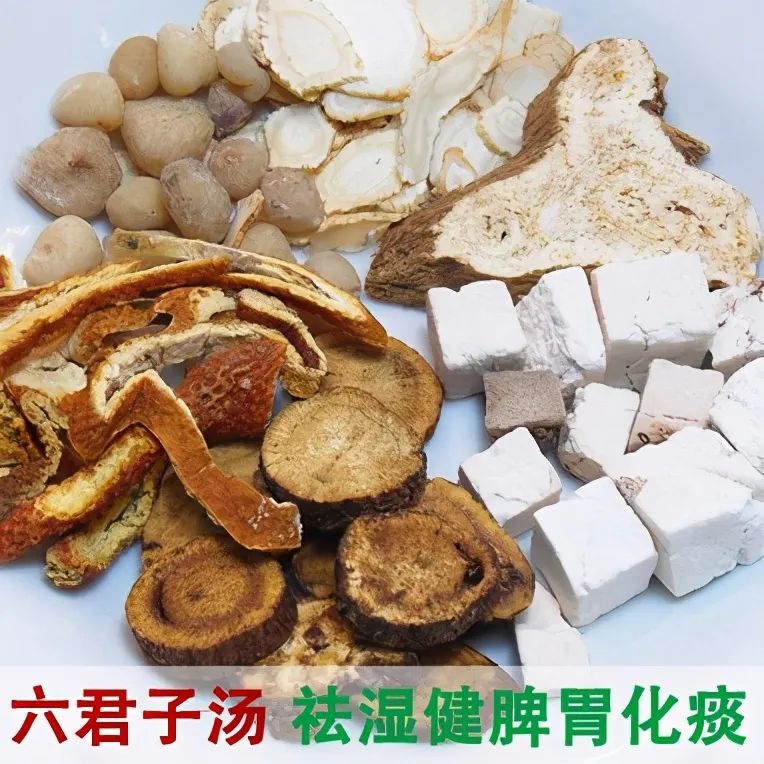
3. Xiang Sha Liang Jun Zi Tang
This formula adds Chen Pi, Ban Xia, Mu Xiang (Saussurea), and Sha Ren (Amomum) to Si Jun Zi Tang. Mu Xiang is aromatic and awakens the spleen, regulating qi and alleviating pain; Sha Ren strengthens the spleen and stomach, regulates qi, and disperses cold, making it essential for awakening the spleen and adjusting the stomach, especially suitable for those with cold-damp qi stagnation. This formula tonifies qi, supplements the middle, transforms phlegm, and descends rebellious qi, primarily treating spleen and stomach qi deficiency with internal phlegm, characterized by vomiting, fullness, lack of appetite, weight loss, and fatigue.
4. Gui Shao Liang Jun Zi Tang
This formula adds Chen Pi, Ban Xia, Dang Gui (Angelica), and Bai Shao (White Peony) to Si Jun Zi Tang, providing liver nourishing and blood tonifying effects, used for liver-spleen disharmony, abdominal distension and pain, reduced appetite, and vomiting.
5. Ba Zhen Tang
This formula combines Si Jun Zi Tang with Si Wu Tang (Four Substance Decoction: Bai Shao, Dang Gui, Shu Di Huang, Chuan Xiong), creating a formula that tonifies both qi and blood. Shu Di Huang nourishes yin and blood, while Dang Gui and Bai Shao nourish blood and the nutritive qi, assisting Shu Di Huang in nourishing the heart and liver, while Chuan Xiong invigorates blood and regulates qi, ensuring that the nourishing effects do not cause stagnation. This formula treats both qi and blood deficiency, characterized by pale or sallow complexion, dizziness, fatigue, shortness of breath, palpitations, reduced appetite, and menstrual irregularities in women, with a pale tongue and weak pulse.
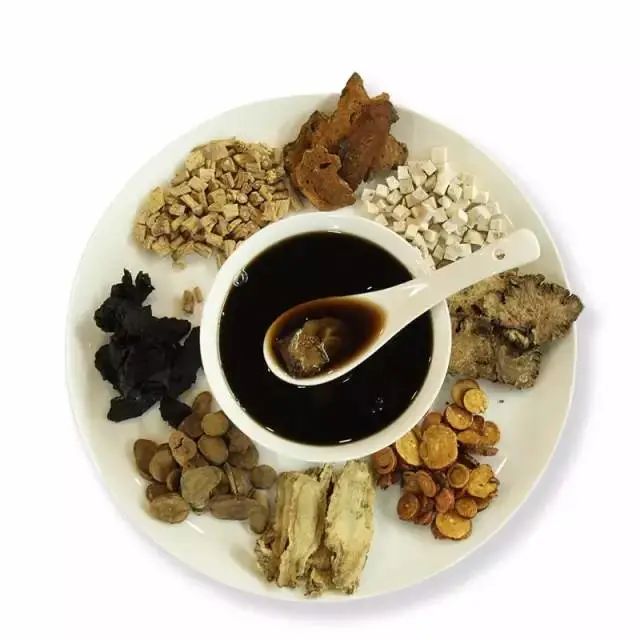
6. Shi Quan Da Bu Tang
This formula combines Si Jun Zi Tang with Si Wu Tang, adding Huang Qi (Astragalus) and Rou Gui (Cinnamon) to create the renowned Shi Quan Da Bu Tang. In this formula, Huang Qi and Rou Gui focus on tonifying the spleen and benefiting the lungs, with Rou Gui enhancing heart yang and invigorating life fire, thus tonifying both qi and blood, yin and yang. This formula is used for qi and blood deficiency, characterized by pale complexion, shortness of breath, palpitations, dizziness, spontaneous sweating, fatigue, cold limbs, and heavy menstrual flow. Caution is advised for those with dampness, heat, or fire.
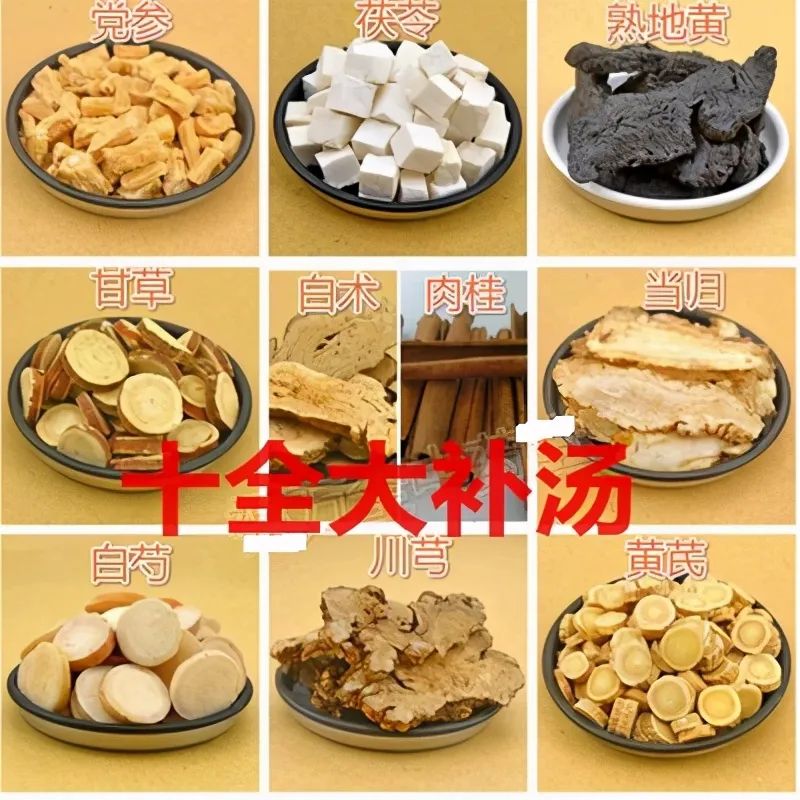
7. Shen Ling Bai Zhu Tang
This formula adds Shan Yao (Chinese Yam), Bai Dou (White Bean), Lian Zi (Lotus Seed), Yi Ren (Job’s Tears), Sha Ren, and Jie Geng (Platycodon) to Si Jun Zi Tang. Thus, in addition to strengthening the spleen and boosting qi, it also has diuretic and anti-edema effects, focusing on harmonizing and nourishing the stomach. It is used to treat spleen deficiency with excess dampness, characterized by fatigue, reduced appetite, and loose stools.
8. Gui Pi Tang
This formula adds Huang Qi, Dang Gui, Yuan Zhi (Polygala), Suan Zao Ren (Sour Jujube Seed), Long Yan Rou (Longan), Mu Xiang, and Da Zao (Jujube) to Si Jun Zi Tang. Thus, Gui Pi Wan not only tonifies qi and strengthens the spleen but also nourishes qi and blood, calming the spirit. It is used for heart and spleen deficiency, characterized by shortness of breath, palpitations, insomnia with vivid dreams, dizziness, fatigue, and poor appetite.
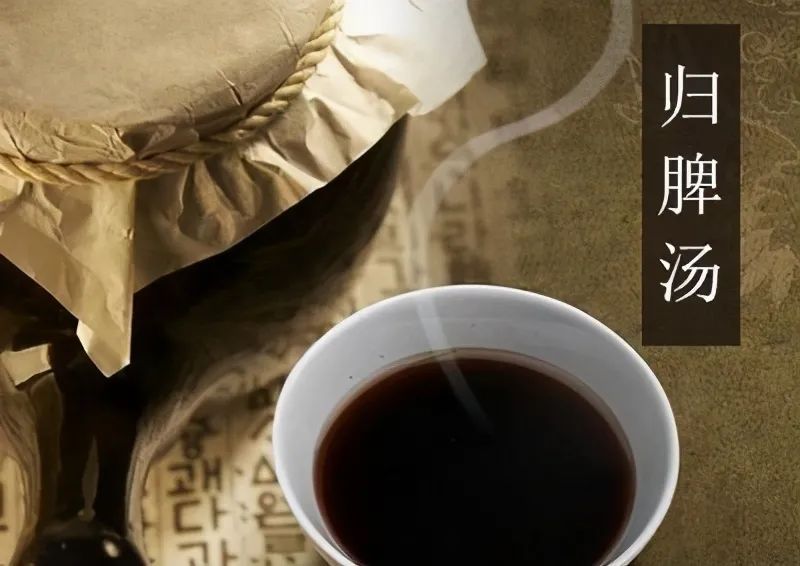
9. Qi Pi Tang
This formula adds Chen Pi, Shan Zha (Hawthorn), Mai Ya (Barley Sprout), Shan Yao, Lian Zi, Li Shen Qu (Fermented Grain), and Zexie (Alisma) to Si Jun Zi Tang. This formula contains harmonizing herbs for use in cases of gastrointestinal weakness and indigestion.
10. Qi Wei Bai Zhu San
This formula is made by adding Mu Xiang, Huo Xiang (Agastache), and Ge Gen (Kudzu) to Si Jun Zi Tang, with effects of strengthening the spleen, generating fluids, regulating qi, and alleviating bloating, used for treating prolonged spleen and stomach deficiency, fluid depletion, frequent vomiting and diarrhea, and excessive thirst.
Qi-Boosting and Spleen-Nourishing Dishes
1. Si Jun Zi Tang
Ingredients: 10 grams of each herb, 3 slices of ginger, 2 jujubes.
Preparation: Soak the four herbs for 30 minutes, then boil on high heat before reducing to low heat for 30 minutes.
Dosage: 1-2 times.
2. Si Jun Zi Pork Rib Soup
10 grams of each herb, 500 grams of pork ribs, 2 jujubes, ginger, scallions, wine, and salt to taste for soup.
3. Si Jun Zi Congee
10 grams of each herb cooked with rice to make congee.

END
Images sourced from the internet, thanks to the authors. The varieties mentioned regarding manufacturers are for educational purposes only and do not imply endorsement!
This is an original article; please credit the author and institution when reprinting. Unauthorized reproduction is prohibited!
Author: Lun Junjie, Sun Yat-sen Memorial Hospital, Sun Yat-sen University
Source: Yixian Pharmacy V
If you like it, don’t forget to like, share, and check it out!
